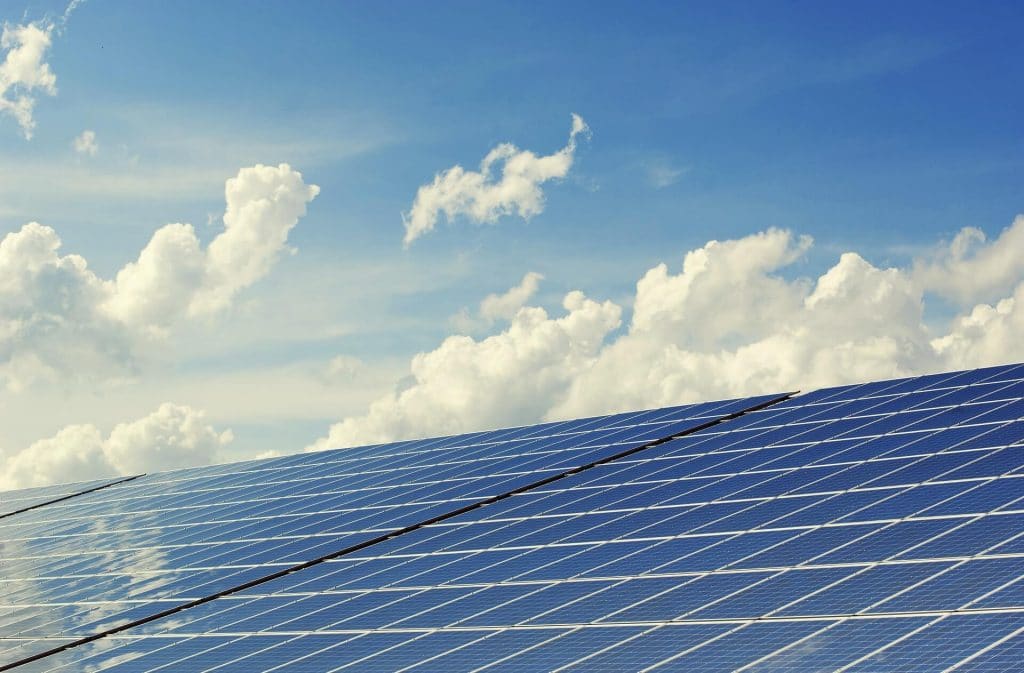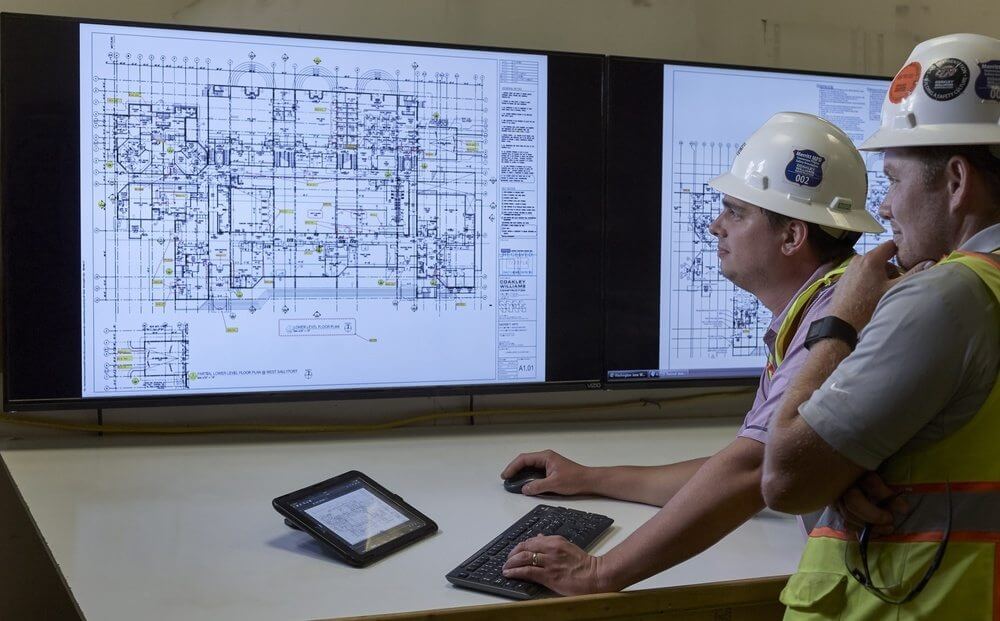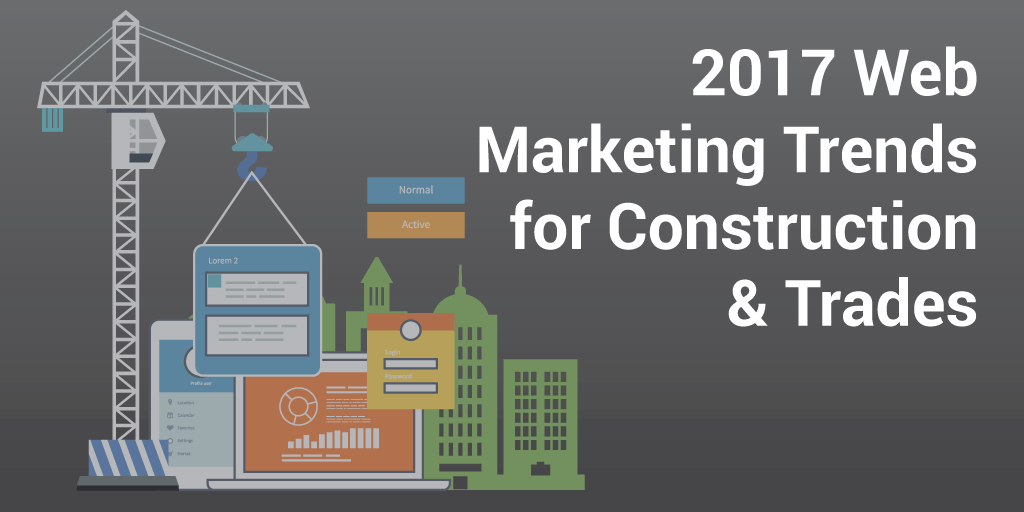Solar energy is the fastest growing alternative energy industry on Earth. Numerous countries are adapting solar panels; it’s revolutionizing the way construction works around the globe, and the changes aren’t far out on the horizon—they’re already in motion. Construction trends are rapidly adapting to solar energy, becoming infused with the industry instead of looking at it as an offbeat approach. It’s changing job bids, architectural planning, all for the better.
5. Bidding wars
In construction, multiple companies bid on one job, like a freelance job posting site. Companies come in with their bids, their unique angles, and the client makes a choice. Solar energy isn’t an afterthought for these big companies anymore. They want their new buildings to be energy efficient, cost-effective, and that plays into job bids.
These bidding wars also include predictions on the ever changing market. Solar panels are becoming easier to install, less expensive, and innovation shows no signs of slowing down. With more efficient panels at lower introductory costs, with quicker returns on investment, it’s driving the way that construction companies handle their processes.
4. The solar industry can’t avoid politics
Many companies revolutionize the industry with assistance from government funding. That being said, politics play a major factor in the future of US-based solar energy, from solar panel construction, right on down to how it’s integrated into current development plans for new and refurbished buildings. There’s a trickle effect that started with tariffs on China, and was only worsened by current policies enacted by the government. Less manufacturers, more expensive panels, less companies start using them.
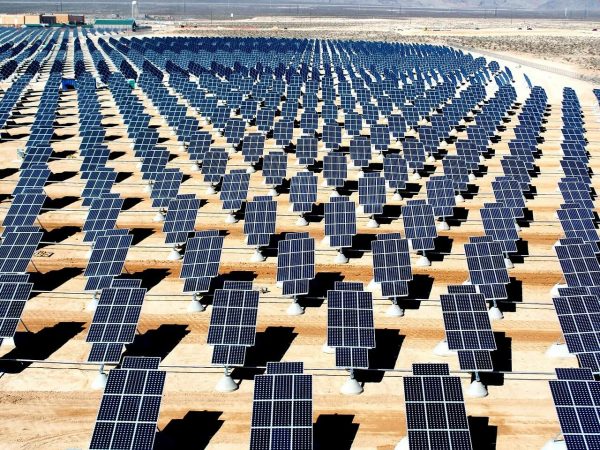
Recent cuts in programs that funded solar energy growth in the US have created a quiet ripple. It affects every part of the industry. It could take some time to gather analytics on how this has affected solar industry growth/decline, but one thing is for certain: regulations reign supreme and touch everyone in this industry, especially those focusing on new construction.
3. Solar jobs are surging
Since 2012, solar jobs in America have doubled to a total of 260,000. That directly plays into construction and how indispensable these jobs are becoming. You now have veterans who’ve been in solar for over a decade, and a spike in solar-related careers across every single state in the US. These job surges don’t solely affect residential installation and construction.
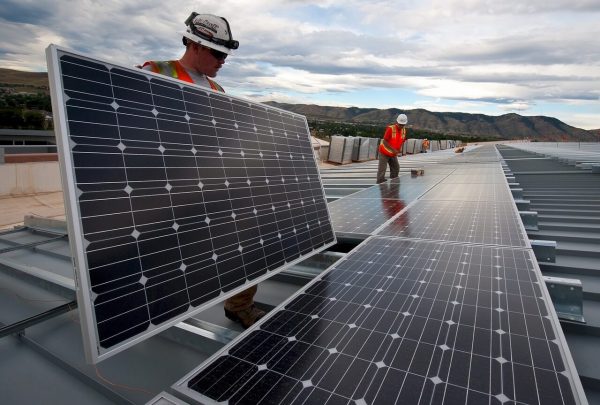
Jobs increase, the industry ascends, and the market stays competitive. Most analysts and experts believe that solar will see triple the current amount of positions by 2022, with more than 2 GW of growth per quarter in direct correlation to those numbers.
2. Installation prices aren’t just decreasing; They’re plummeting
In the year 1977 the cost of solar panels amounted to around $76 per watt. But the following year, this price fell to less than $60 per watt. A year later they fell to $40 per watt. By the year 1980 the prices of the panels fell to just $30 per watt and the downward trend continued until then. Today the average solar panel costs less than $1 per watt. The higher affordability of solar panels is one of the main reasons why it is now cheaper than ever to install and use solar energy.
Want to learn more? Top 8 construction trends in 2018
This is good for almost everyone involved. Construction companies spend less on panels, companies see a quicker return on their investment, and that’s good. One issue that caused many to avoid using solar energy was the extended timeframe before seeing their ROI. This is causing waves on the financial and corporate side of solar energy companies, promising peaks and valleys ahead.
As new buildings rise and old ones are renovated, the widespread effects of solar energy sprawling across the globe continues. So long as installation prices continue to go down, more companies will seek solar energy as a viable option. The backlash comes to stocks and investors. While it’s clear to see that the solar energy industry isn’t slowing down, bigger investors will come into the game and jump at the opportunity to take a stake in these companies. Even with bumps in the road, costs will continue to go down.
1. Solar panels will continue to evolve and improve
Solar is over 100 years old at this point. But those early panels operated within 0.1% to 1% capacity, and weren’t a viable solution back then. It took a lot of R&D before solar became a viable energy option. As startups toy with the idea of new solar panel designs, as big companies test new innovations every day, the effectiveness of panels continue to rapidly increase. The end result is cheaper and easy installations and integration into initial building plans before the ground is even broken on a new project.
$7 trillion is going to be provided for sustainable energy over the next 20-30 years ($2.8trn of which, will go to solar). This will make panels stronger, more efficient, more recyclable, and possibly, entirely different from the panels we have now. This massive amount of R&D will make today’s panels look primitive!
Panel-level efficiency will become better, as well. At the moment, the best solar panels available can get about 20 percent efficiency (the amount of sunlight they can convert to energy). But an increase of 46% in terms of efficiency is expected for the next solar technology generation. This will make solar drastically cheaper and more effective.
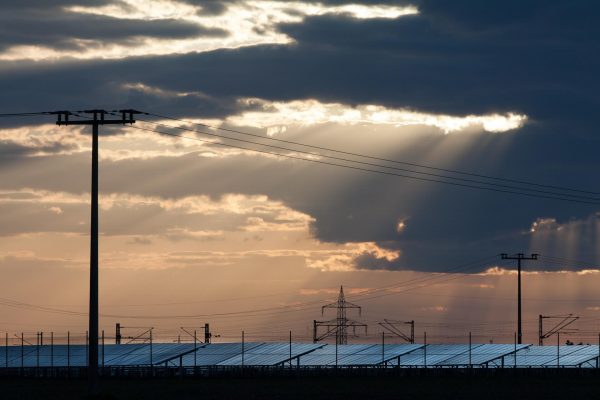
Microinverters will continue to become more popular and widely used. In 2018, string inverters still dominate the market (with 96% of of the market!). Microinverters are safer and more effective and operate much better in cases of shading (like from a tree branch). Microinverters are also more aesthetically pleasing and are generally smaller and less obvious from the ground (they offer better performance and better looks). Future panels will have microinverters built into the module, making string inverters and associated piping obsolete. All of this adds up to solar panels that are generally better, more attractive, and generally easier to mount on one’s roof.
Check out also: The 7 samurais of construction
The physical building of panels and the integration of newer photovoltaic cell models are a reflection of the industry in a positive way. Whether the surge in solar energy panel construction and variation is fueled by capitalism or competition does not matter-the positive effects are spreading faster than anyone expects, and that’s a good thing.
The industry is stable, while normative acts and the near future remain unstable. The truth is, no one knows what the future trends of construction-based solar panel activity will hold, but one security rests in the fact that the industry does not go anywhere, no matter what gets thrown into it.
About the author: Kyle Pennell is the Content Manager at PowerScout — we help homeowners figure out if installing solar is right for them and get competitive bids from multiple installers. Our long-term mission is to accelerate the adoption of solar (and other smart home improvements), which will help mitigate climate change.
